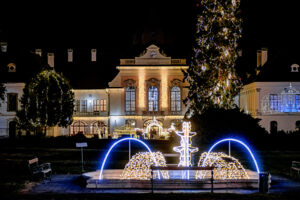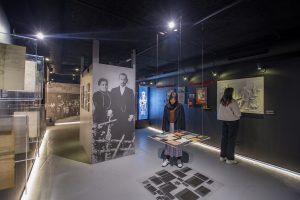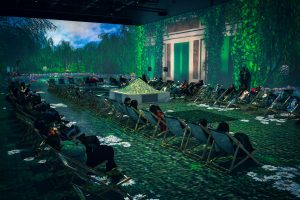
In an unexpected location, the city’s most hidden exhibition has opened in the former basement club of Mika Tivadar Mulató. It not only tells the story of the famous copper and metal goods manufacturer’s old house but also evokes the everyday life of the Kazinczy Street area in the 20th century.
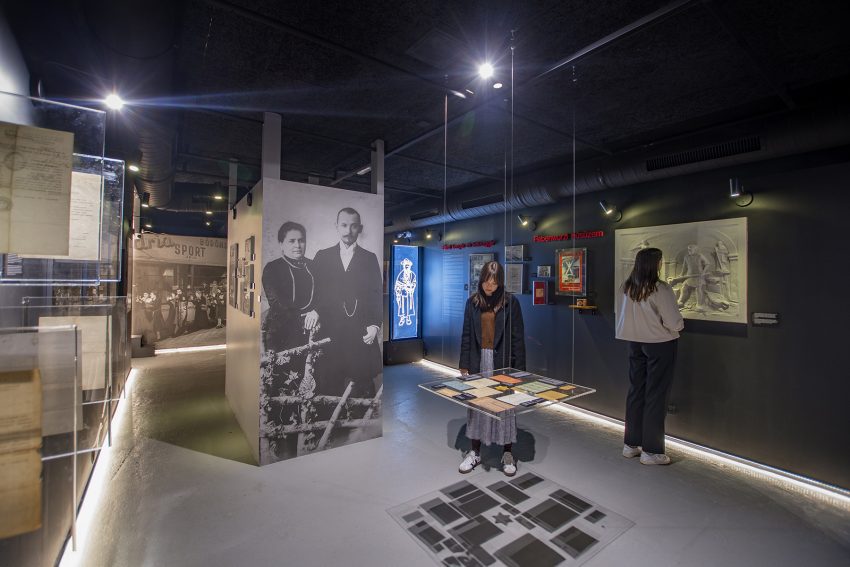
Did you know that Kazinczy Street, now known as the main street of the party district, was once bustling with factories? That it was home to the now-vanished First Hungarian Steam Bath, designed by the renowned architect József Hild? And that the first cinema in the Hungarian capital opened at the turn of the century in the building at the corner of Kazinczy and Király Streets?
The exhibition in the basement of Hotel Mika Downtown, set up in the former club of Mika Tivadar Mulató, gathers similar urban historical curiosities. Walking along Kazinczy Street, you wouldn’t think that a secret museum invites you on a time travel journey in the depths of the hotel. Yet, it’s worth stepping inside and diving into the past decades.
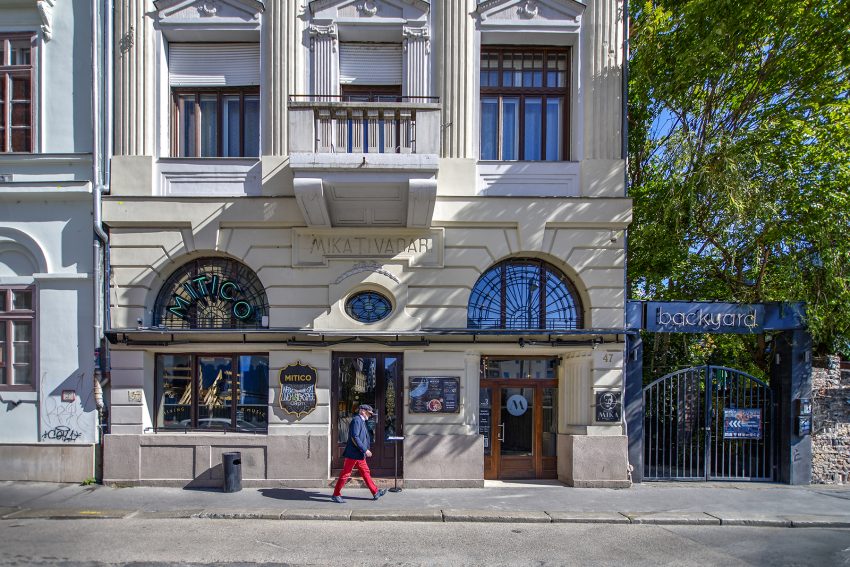
Secret Museum in the Depths of a Downtown Hotel
After the legendary Mika Tivadar Mulató closed in 2021 at 47 Kazinczy Street, Hotel Mika Downtown, located on the upper floors of the building, took over the vacant spaces. They opened Mitico on the ground floor, which operates as a breakfast spot in the morning and a cocktail bar in the evening, and retained the popular garden area. However, the basement has remained unused until now.
The hotel management originally planned to create a conference room in the basement, but for financial reasons, they decided to set up an exhibition about the everyday life of the building and the surrounding area in the 20th century. Thus, this fall, Mika Tivadar’s Secret Museum could open.
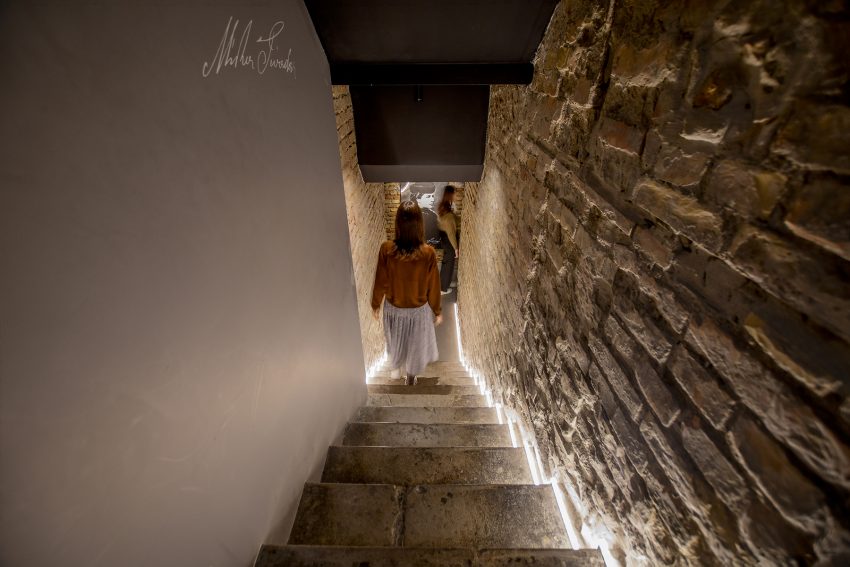
A Taste of Tivadar Mika and Kazinczy Street’s Heritage
A small curatorial team, led by Richárd Batuska, embarked on organizing the exhibition with the aim of honoring the hotel’s namesake, Tivadar Mika, and giving the hotel’s guests a taste of Kazinczy Street’s heritage. Richárd shared that he had no prior experience in organizing exhibitions, but he enthusiastically took on the new challenge.
The stairs leading to the hotel’s basement open into an excitingly designed exhibition space, beautifully lit with ambient lighting. The first thing to check out is the map marking the area of the Budapest ghetto which was designated by the Ministry of Interior during World War II. The numbers on the map indicate buildings and their stories that can be explored in more detail at the exhibition.
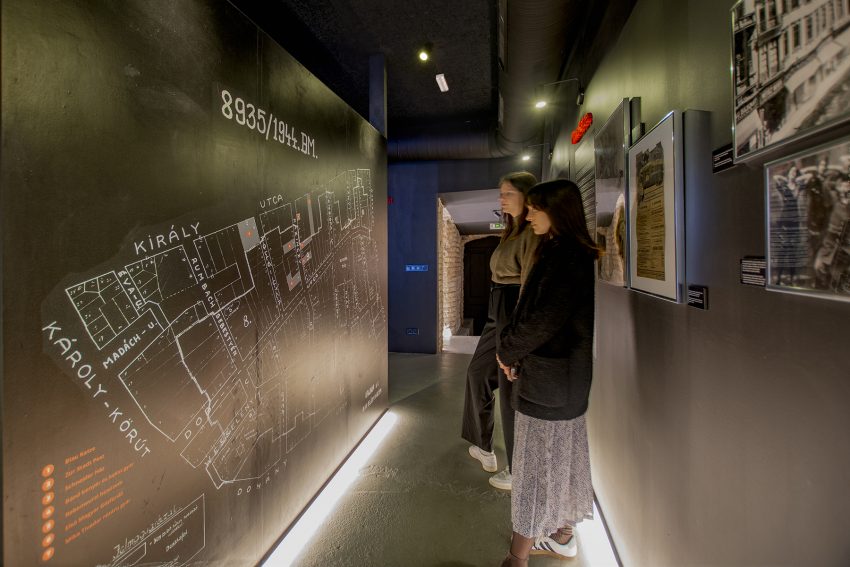
Reflections on a Century Past
From the map, you can start your tour in several directions. For instance, you can peek into the Hugmayer-Michalovits House with its special wrought-iron balcony sign that can still be spotted at 27 Király Street. The building once housed the Merkur Café, where the country’s first motion picture screenings were held at the turn of the century. Additionally, you can dive into the bohemian district of Pest and learn about the most famous guests of the Blue Cat nightclub.

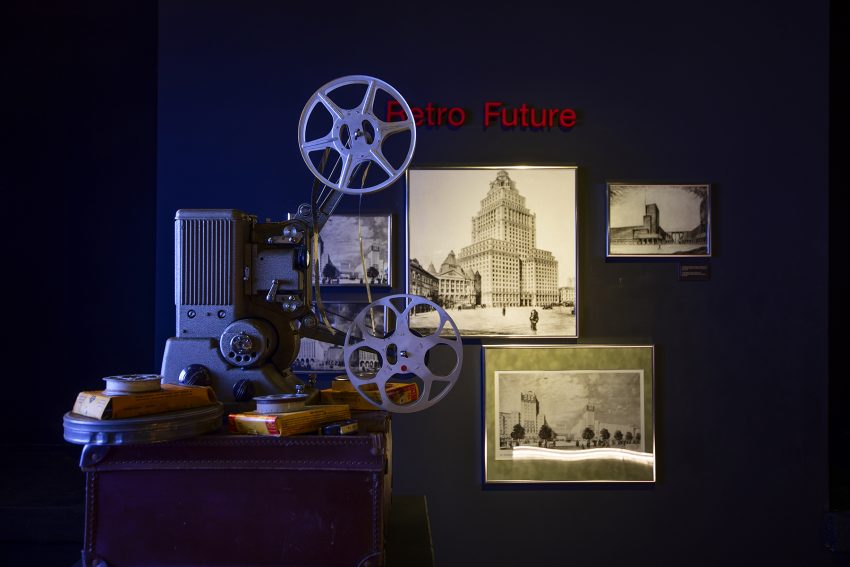
You can read about the predecessor of the Mika Tivadar House, the Mika family’s Budapest home, and their famous copper and metalware factory. The original decorative items and menorahs made in the factory are perhaps the exhibition’s most unique relics.
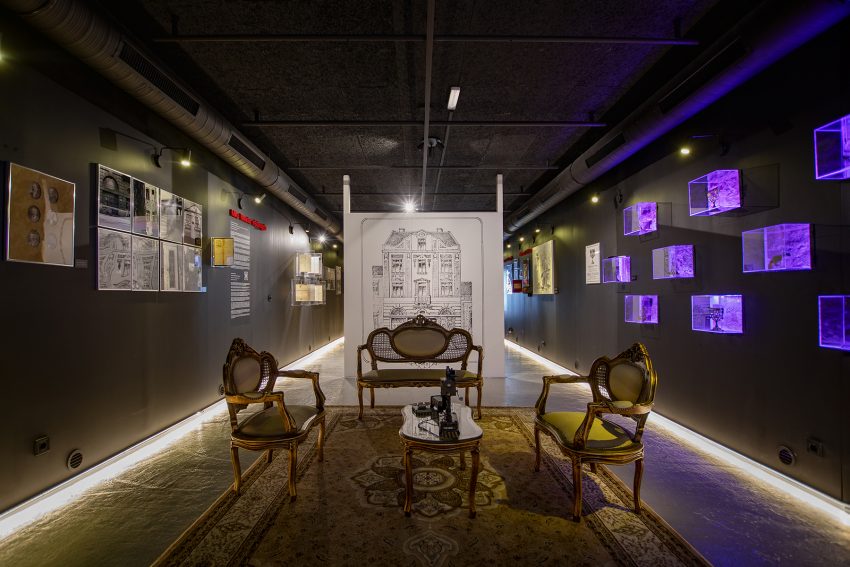
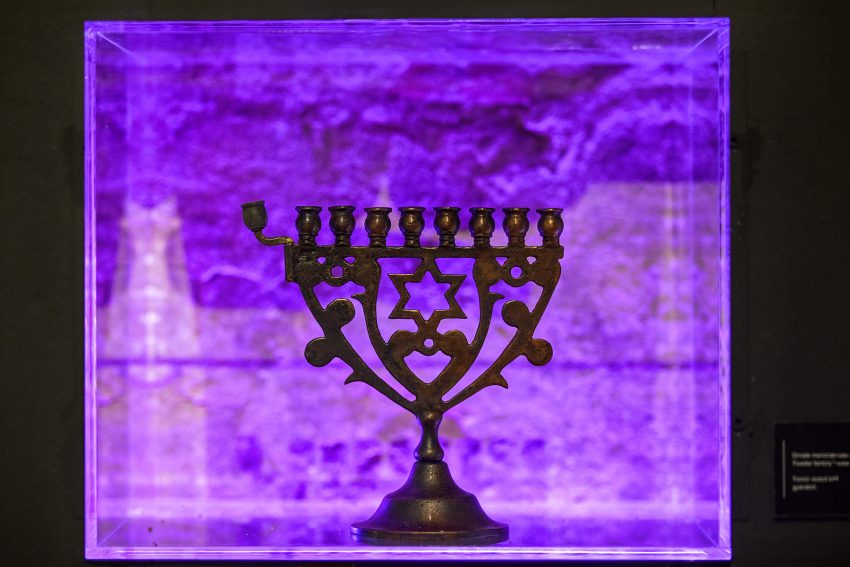
After the noisy, hedonistic years of the early 20th century, the exhibition presents the stark reality of World War II and the Budapest ghetto, with original safe-conduct passes, meat coupons, and a ghetto wall built from wooden planks by painter Júlia Végh.
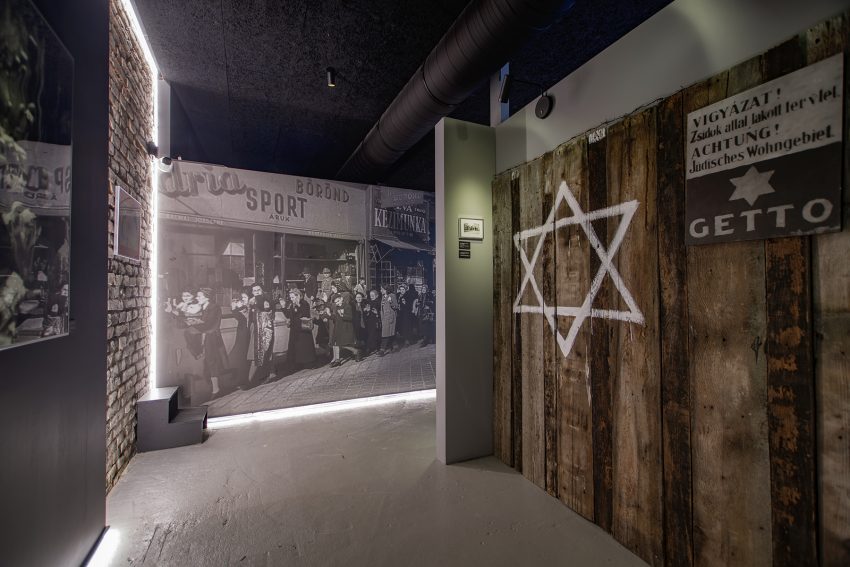
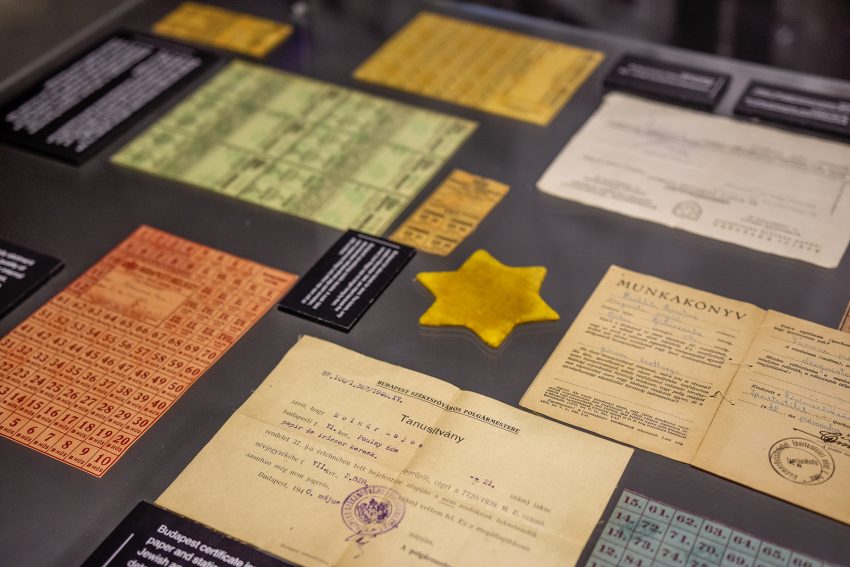
Open from Monday to Sunday, from 8 AM to 10 PM, Mika Tivadar’s Secret Museum shares even more interesting stories about the last century. The exhibition, accessible through the hotel lobby and Mitico, is free to visit for guests of both the hotel and the bar.
For further information, visit hotelmika.com.

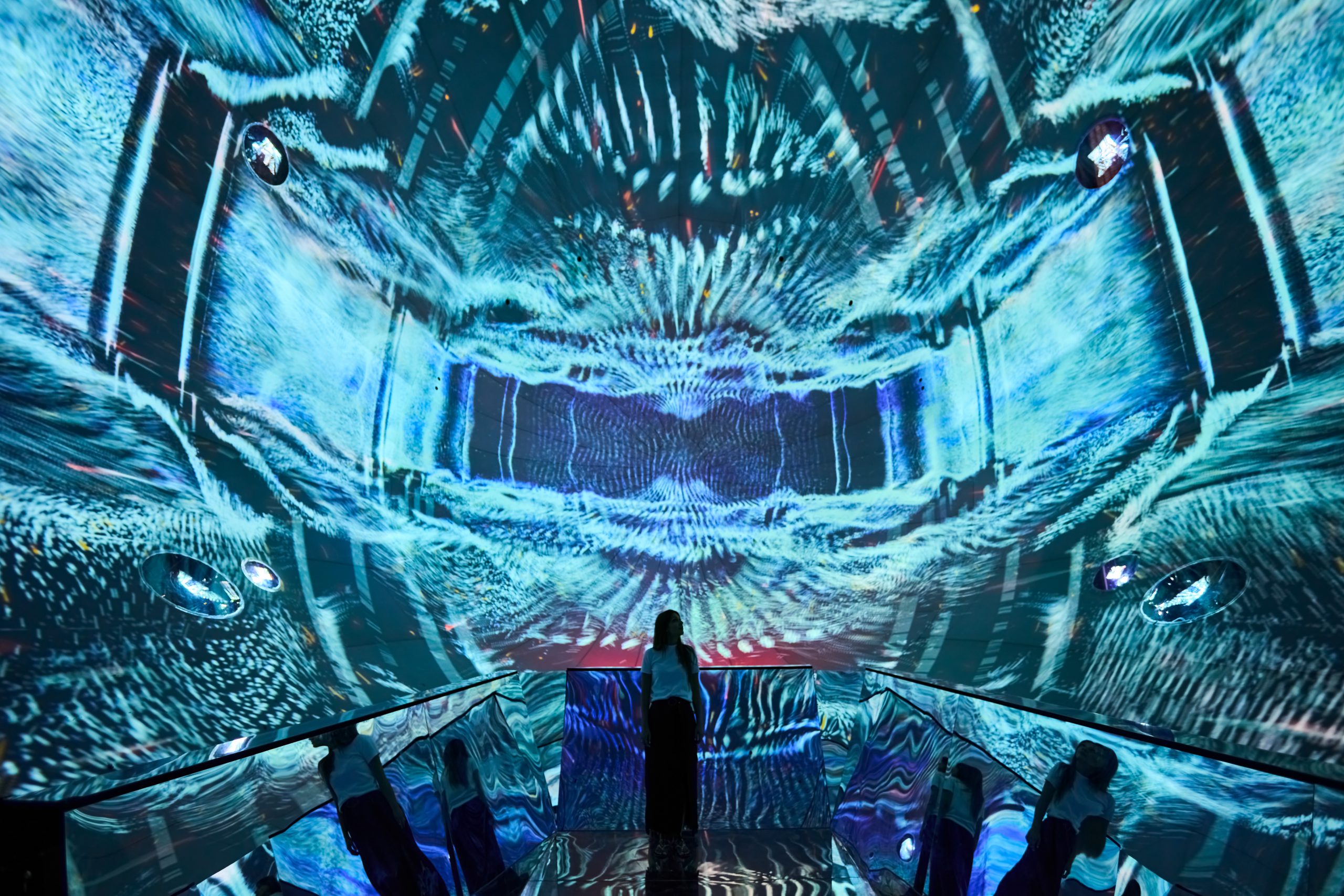
 Funzine
Funzine